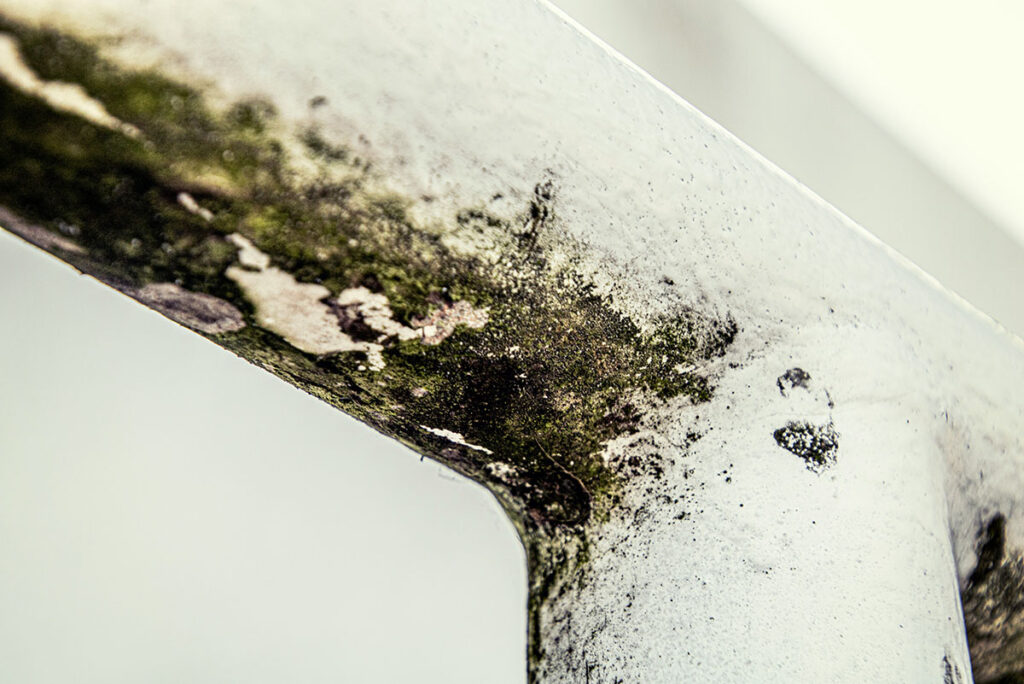Codex Guidelines Airborne Microbial Contamination Testing in Food Facilities
The Codex Alimentarius Commission (Codex), established by the World Health Organization and the United Nations Food and Agriculture Organization, sets international food standards that are designed to protect consumer health and ensure fair practices in the food trade. These guidelines play a crucial role in ensuring that food facilities operate under safe conditions, minimizing airborne microbial contamination that can pose risks to public health.
The Codex Guidelines for Airborne Microbial Contamination Testing specifically address how to assess and mitigate potential hazards from microorganisms present in air within food processing environments. This service ensures compliance with these guidelines by providing a robust testing framework tailored to the unique challenges faced by food facilities. The aim is not only to meet regulatory requirements but also to enhance the overall safety and quality of products.
Compliance with Codex standards involves several key steps: identifying critical control points, monitoring air quality regularly, and implementing corrective actions based on test results. Our laboratory employs advanced techniques such as Andersen samplers for sampling airborne particles, followed by culture-based methods or molecular detection technologies to quantify microbial presence.
One of the primary objectives of this testing protocol is to identify pathogenic bacteria like Listeria monocytogenes and Salmonella spp., which are particularly hazardous if they enter the food supply chain. By detecting these organisms early, facilities can take preventive measures before contamination spreads further. Additionally, testing helps monitor environmental hygiene practices and ensures that cleaning protocols effectively reduce microbial load.
The Codex guidelines emphasize the importance of establishing a baseline measurement of air quality in different areas of the facility—such as packaging rooms, refrigeration units, or areas where raw materials are handled—and comparing this data against established limits. Regular monitoring allows facilities to track trends over time and make adjustments if necessary.
Our laboratory uses cutting-edge technology and follows internationally recognized standards such as ISO 14698-3:2005 for cleanroom classification, which provides a framework similar to what is required in food processing environments. The use of standardized methods ensures consistency across various testing sites worldwide.
| Use Case | Description |
|---|---|
| Initial Facility Assessment | Determining baseline levels of airborne microbes to establish a starting point for improvement. |
| Ongoing Monitoring | Regular sampling and analysis to ensure compliance with Codex limits over time. |
The data collected during these tests provides valuable insights into the effectiveness of existing controls and identifies areas where improvements are needed. This information is vital for maintaining high standards of hygiene throughout the food production process, ultimately contributing to safer products reaching consumers.
Benefits
Implementing Codex Guidelines Airborne Microbial Contamination Testing offers numerous advantages beyond mere compliance. It enhances operational efficiency by identifying issues early, thereby reducing downtime and associated costs. Moreover, it strengthens the reputation of food facilities through transparent reporting practices that demonstrate commitment to quality.
From a legal perspective, adherence to these guidelines protects against potential lawsuits related to contaminated products. For R&D teams, this service provides crucial feedback on new product formulations or process changes before they are implemented fully. In procurement, it ensures suppliers meet the same stringent standards as in-house operations.
The long-term benefits extend beyond immediate compliance checks; they include fostering a culture of continuous improvement and innovation within the facility. By integrating Codex testing into routine practices, companies position themselves at the forefront of food safety trends globally.
Why Choose This Test
Selecting our laboratory for Codex Guidelines Airborne Microbial Contamination Testing ensures you receive comprehensive and reliable results. We pride ourselves on offering accurate, reproducible data that can be used to make informed decisions about your facility’s cleanliness and safety.
Our experienced team uses state-of-the-art equipment and follows rigorous procedures to ensure precision in sampling and analysis. This commitment to excellence guarantees that you receive actionable insights rather than just compliance reports. Furthermore, our services are tailored specifically for food facilities, ensuring they meet all relevant international standards including those set by Codex.
We understand the importance of maintaining a safe working environment not only for employees but also for end consumers. By choosing us, you invest in long-term sustainability and trustworthiness of your brand. Our expertise allows you to focus on other aspects of business while knowing that one critical component is being managed by professionals who specialize in this field.
Use Cases and Application Examples
| Application Example | Description |
|---|---|
| New Construction Project | Determining initial baseline levels before occupancy begins. |
| Post-Outbreak Investigation | Identifying sources of contamination after a suspected incident. |
| New Equipment Installation | Evaluating the impact of new machinery on air quality. |
Incorporating Codex testing into various phases of facility management—from design and construction to day-to-day operations—ensures ongoing compliance with stringent hygiene standards. For instance, during post-outbreak investigations, our laboratory can pinpoint specific areas where improvements are needed based on the results obtained from targeted sampling campaigns.
For new equipment installations, understanding how different pieces of machinery affect air quality helps facilities optimize their setup to minimize contamination risks. Whether you're planning a major renovation or simply looking to improve day-to-day practices, our testing services provide the necessary data and recommendations to help achieve your goals effectively and efficiently.





